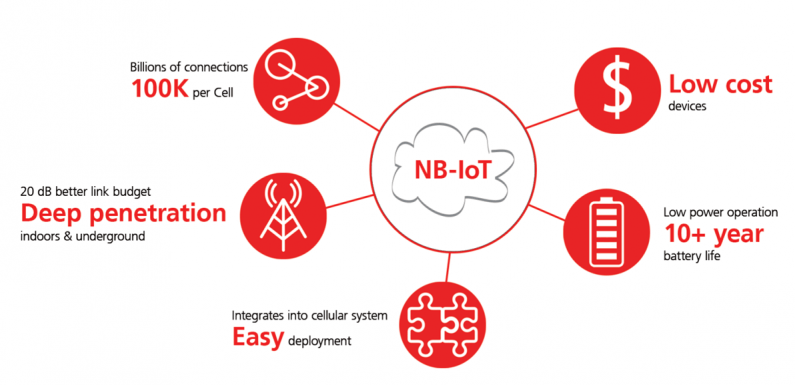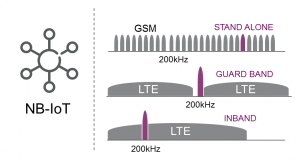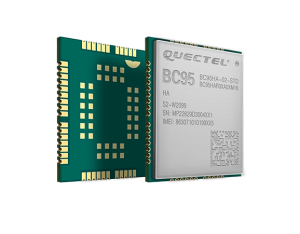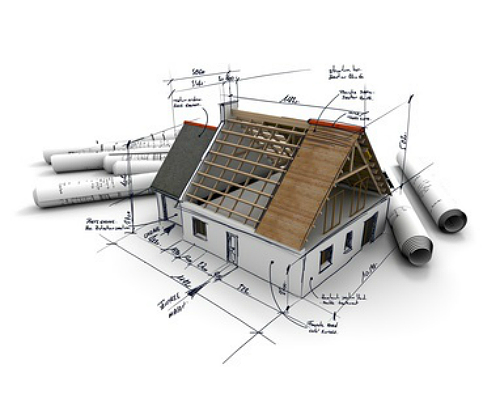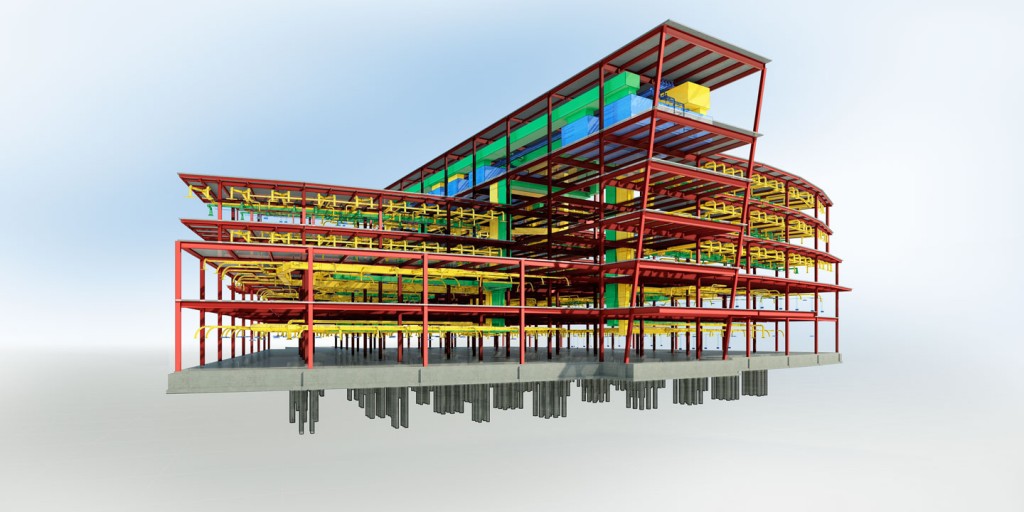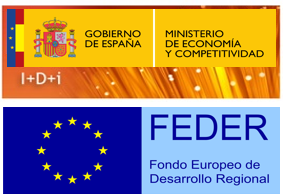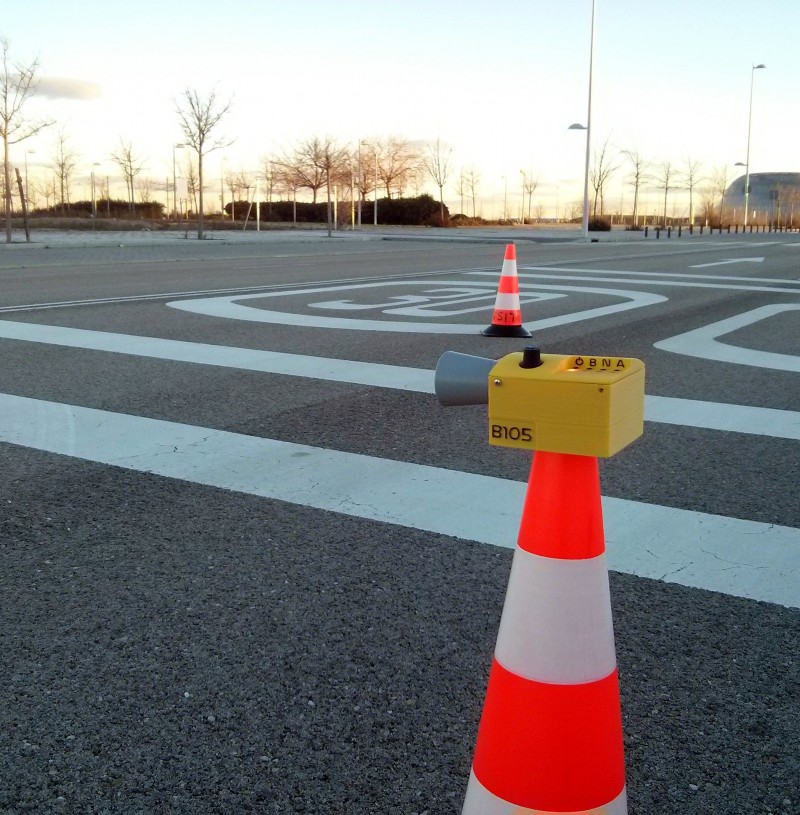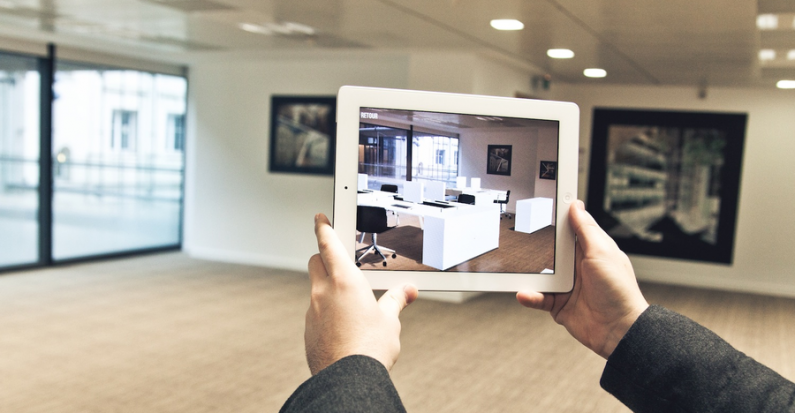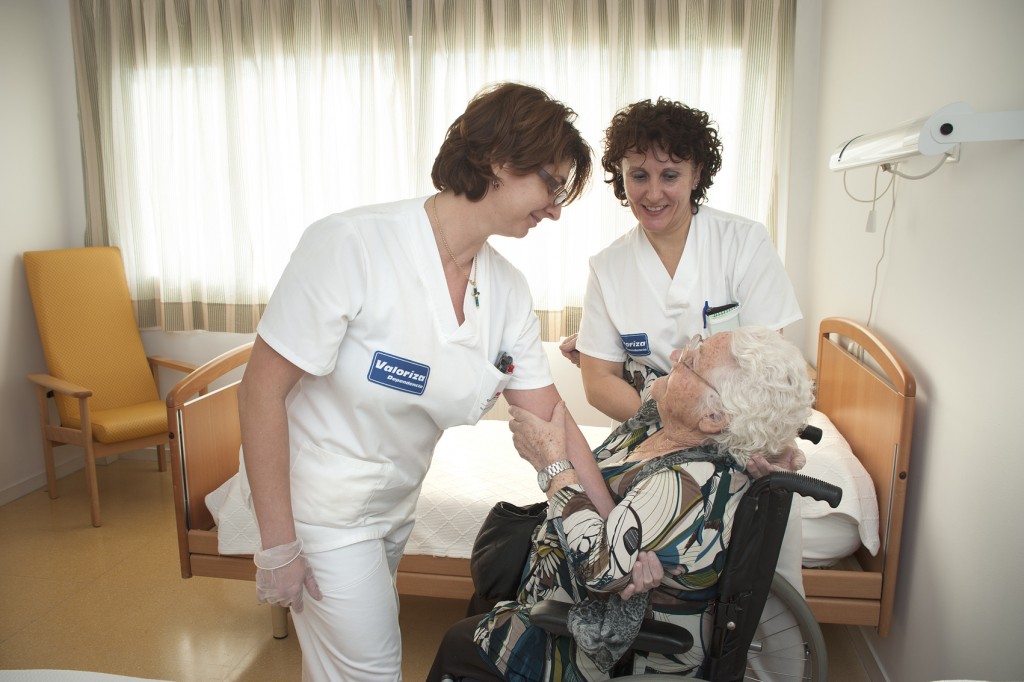Dentro del proyecto Sensoriza desde el grupo B105 hemos empezado a trabajar por primera vez con la tecnología Narrowband-IoT (NB-IoT).
NB-IoT es un estándar promovido por 3GPP que reutiliza una pequeña parte del espectro LTE. Por tanto, con un pequeño cambio en las estaciones base, proporciona el mismo alcance geográfico que la tecnología móvil 4G actual. La conectividad que proporciona es de muy bajo ancho de banda y baja tasa de datos, a la vez que ofrece una cobertura muy profunda llegando a lugares subterráneos o zonas rurales remotas. Por lo tanto está especialmente diseñada para dispositivos autónomos del mundo del internet de las cosas, como contadores inteligentes, alarmas, agricultura conectada, etc.
Nuestro objetivo es dotar a las máquinas de conservación y mantenimiento de carreteras de un módulo NB-IoT mediante el que puedan transmitir la información recogida por sus sensores ambientales a un centro de control. Utilizando esta tecnología tendremos conectividad desde las carreteras de montaña remotas donde se realizan la mayor parte de actuaciones de vialidad invernal, lo que hasta ahora no era posible.
Como pasos iniciales estamos trabajando con dos módulos de dos fabricantes diferentes. En primer lugar tenemos un módulo BC95 de Quectel, que nos ha facilitado su distribuidor en España Monolitic. Por otro lado estamos utilizando una plataforma basada en Arduino que incorpora un módulo SARA-N211 de u-blox. Vodafone, que es la principal compañía telefónica que está implantando la tecnología NB-IoT en España, nos ha proporcionado dos tarjetas SIM para hacer pruebas de conexión con su red.

